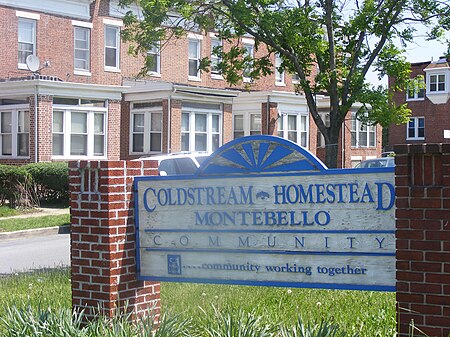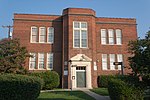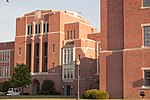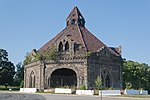Coldstream-Homestead-Montebello, Baltimore
African-American history in BaltimoreColdstream-Homestead-Montebello, BaltimoreColonial Revival architecture in MarylandGothic Revival architecture in MarylandHistoric districts on the National Register of Historic Places in Baltimore ... and 4 more
Italianate architecture in MarylandNRHP infobox with nocatNeighborhoods in BaltimoreNeoclassical architecture in Maryland

The Coldstream-Homestead-Montebello community, often abbreviated to C-H-M, is a neighborhood in northeastern Baltimore, Maryland. A portion of the neighborhood has been listed on the National Register of Historic Places as the Coldstream Homestead Montebello Historic District, recognized for the development of a more suburban style of rowhouses.The neighborhood captures its name from the nineteenth century grandeur of Baltimore's elaborate summer estates and small country villages along radiating turnpikes from the center of the city to the outlying major towns.
Excerpt from the Wikipedia article Coldstream-Homestead-Montebello, Baltimore (License: CC BY-SA 3.0, Authors, Images).Coldstream-Homestead-Montebello, Baltimore
Abbotston Street, Baltimore
Geographical coordinates (GPS) Address Nearby Places Show on map
Geographical coordinates (GPS)
| Latitude | Longitude |
|---|---|
| N 39.323333333333 ° | E -76.595 ° |
Address
Abbotston Street 1553
21218 Baltimore
Maryland, United States
Open on Google Maps







